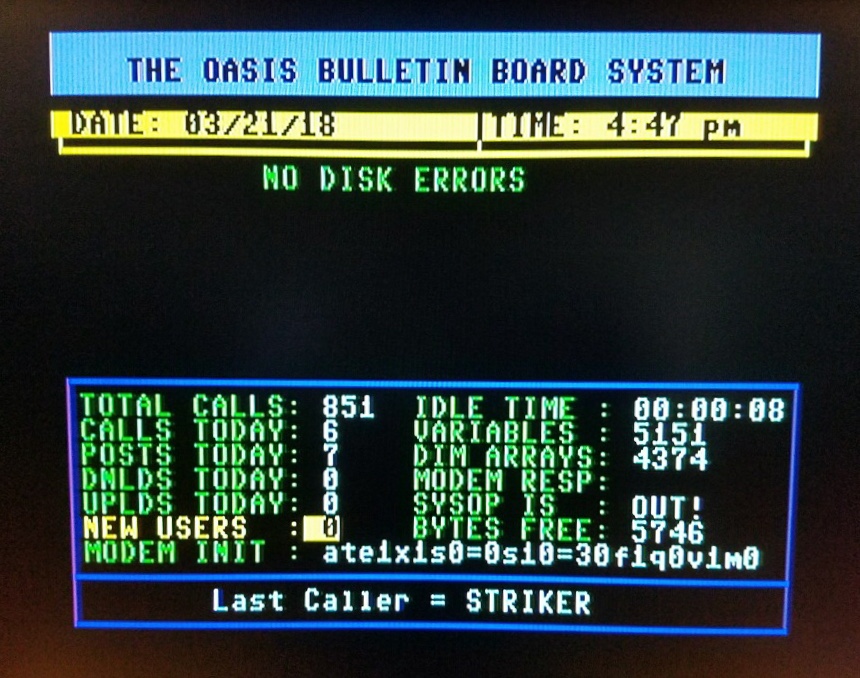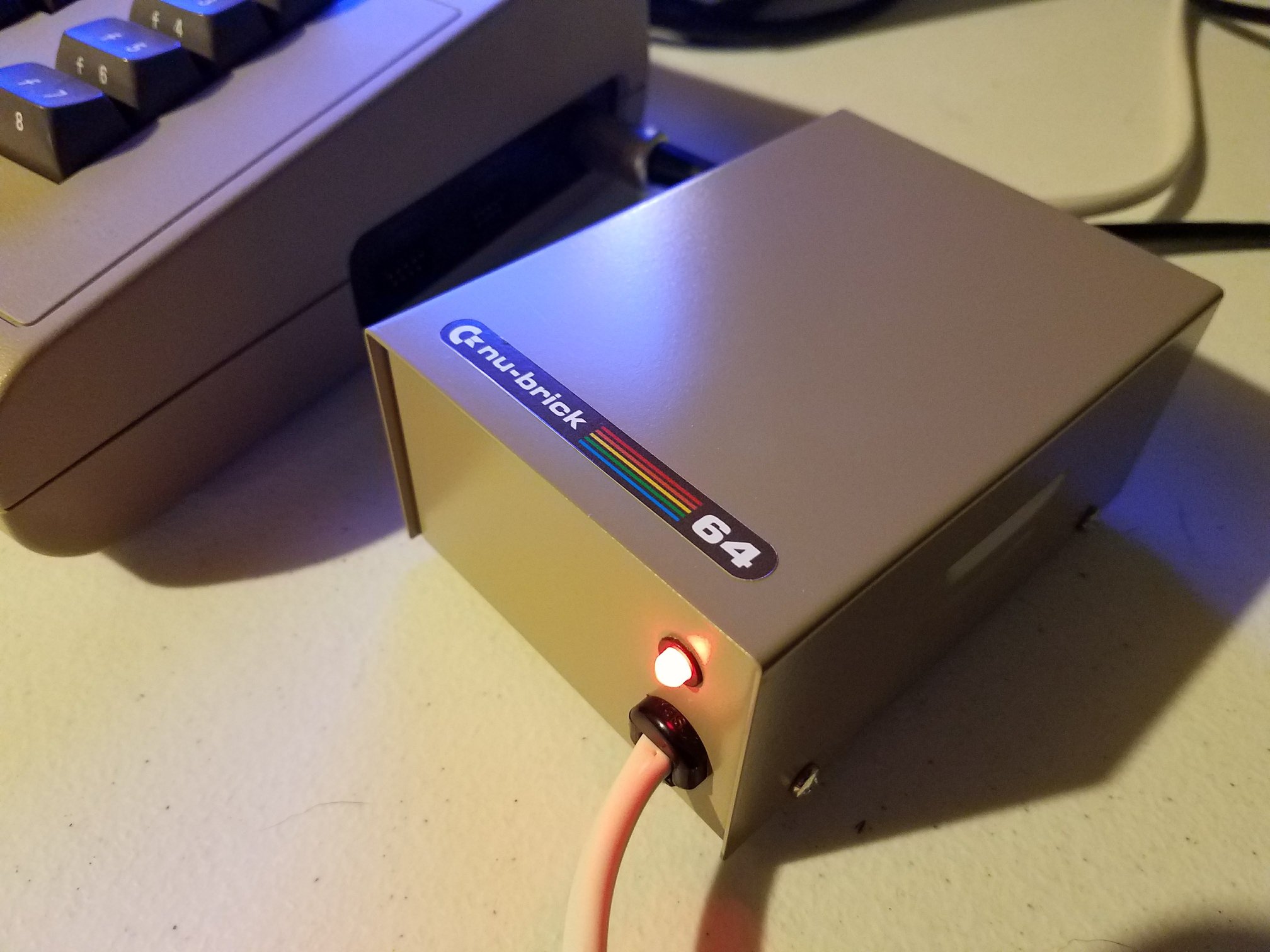Retro Tech Insanity returns with a hands-on project that reimagines the Commodore 64 motherboard in ATX form. The Commodore ATX motherboard blends vintage design with modern conveniences, and the creator is asking the retro community for feedback to fine-tune it.
At its core, the board resembles a 250425 or 250466 model, but with several additions. It includes four expansion slots aligned with ISA positions, new address breakouts, and a reworked logic section. Many components are being converted to surface mount and moved to the board’s underside, allowing for easy, single-sided soldering.
Power and Performance Questions
One key discussion point centers on power delivery. The creator is debating whether to feed 5 volts directly from the ATX rail or use 12 volts and regulate it locally. Community input is welcomed on which approach would be safer and more efficient.
The board also introduces buffered clock signals and revised memory compatibility. Any existing 250469 SRAM modules should fit without issue. These thoughtful design choices aim to balance authenticity with practical modernization.
SID Audio and Addressing Decisions
The Commodore ATX motherboard supports up to four SID chips, divided between real and virtual versions. The first two are standard SIDs with traditional amplifier circuits, while the others support ARM or FPGA-based alternatives. The creator is seeking input on whether the classic audio circuit should remain or be simplified for modern use.
Address mapping flexibility is another focus. Jumpers allow different memory address configurations for each SID socket, supporting multiple arrangements and compatibility options. However, the designer wonders if using programmable logic, like a GAL 22V10, might streamline this instead of using several discrete chips.
Audio and Video Layout Feedback
Audio routing remains under review. Output traces run near clock lines, and while shielding should prevent interference, community feedback is encouraged. The video output uses an S-Video modulator design based on an open-source circuit, and input is welcome on whether further optimization is needed.
Expansion and Connectivity Plans
The board integrates an onboard IEC section, functioning like a Pi1541 interface, complete with level shifting and GPIO headers. Future additions might include compatibility with the Meatloaf project or a built-in ESP modem header for Wi-Fi connectivity.
Currently, the cassette and user ports are omitted, though the unused GPIO lines from the 6510 CPU might be repurposed. Suggestions are invited on whether these should be broken out for new uses.
Community Collaboration
Retro Tech Insanity emphasizes that this is his first large-scale PCB design and openly invites help. Viewers are encouraged to share ideas, spot potential issues, and contribute to refining this ambitious project.
The video offers an engaging walkthrough of every section of the board, from power to SID logic. It’s a fascinating look at how the Commodore 64 continues to inspire creative engineering decades later.







